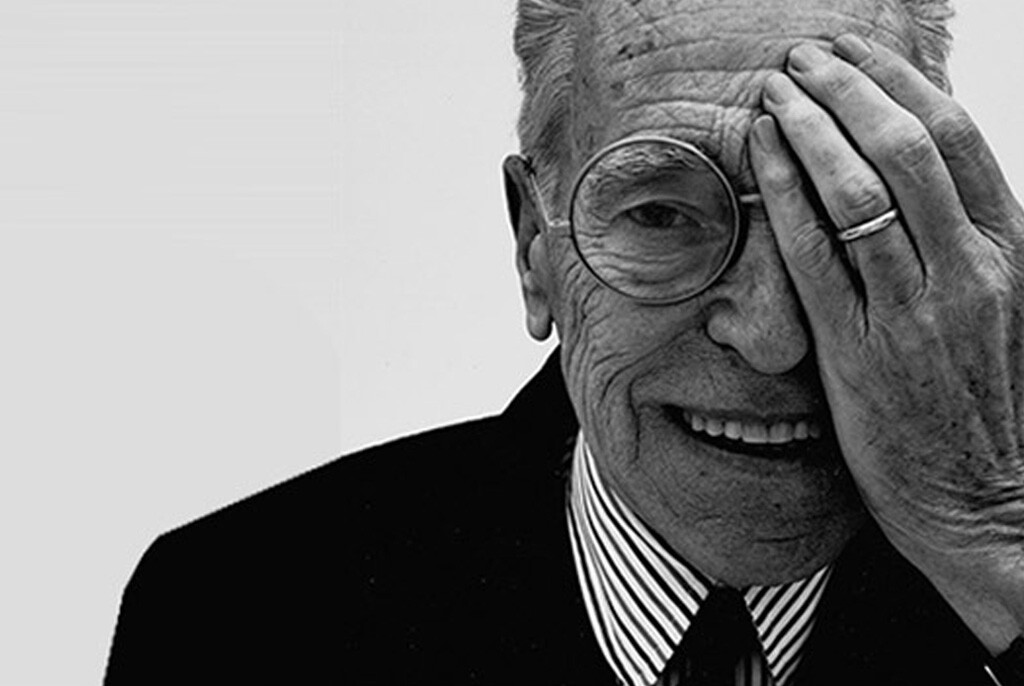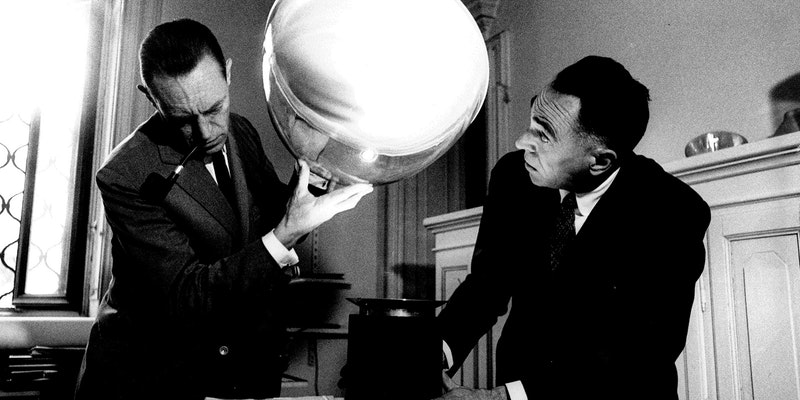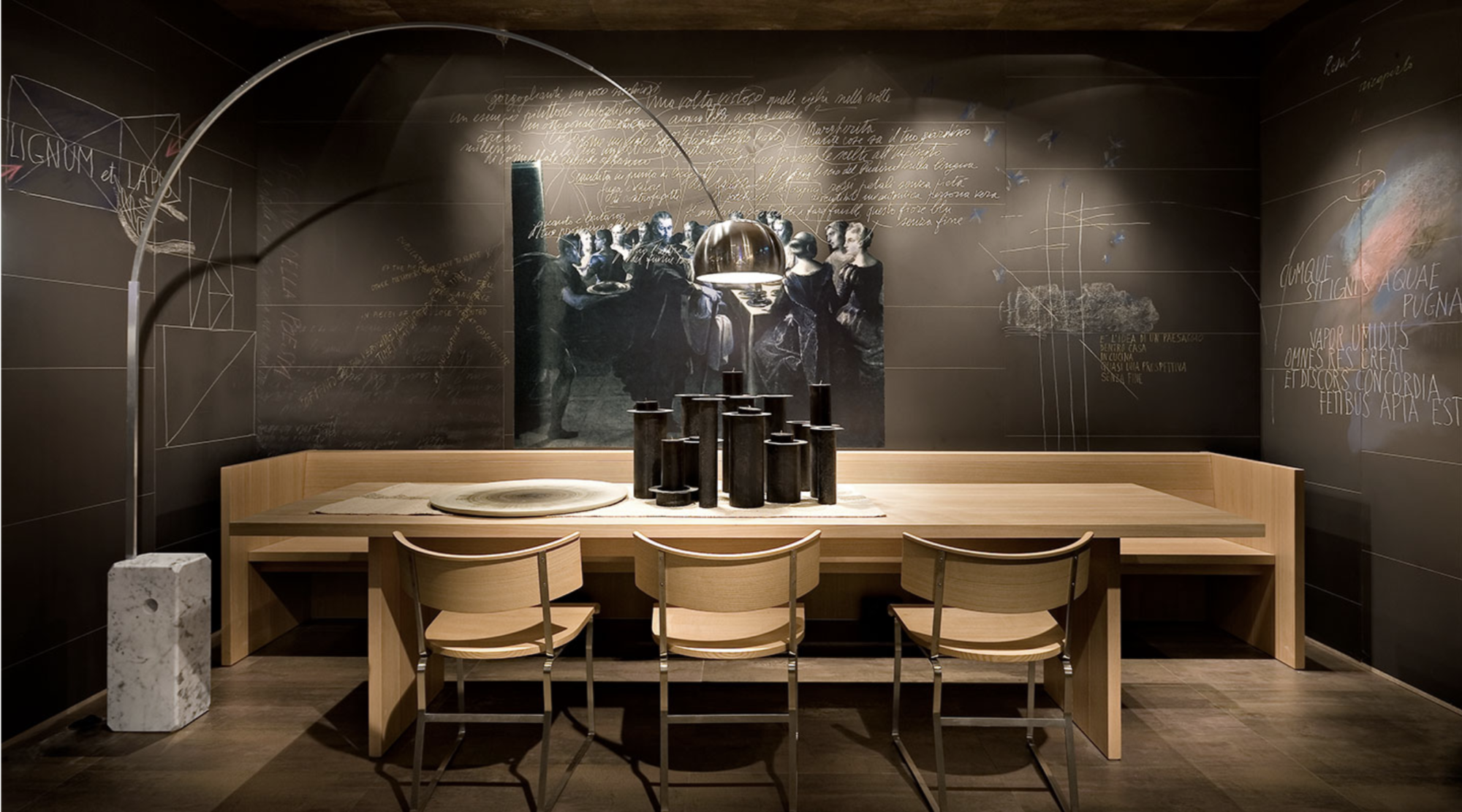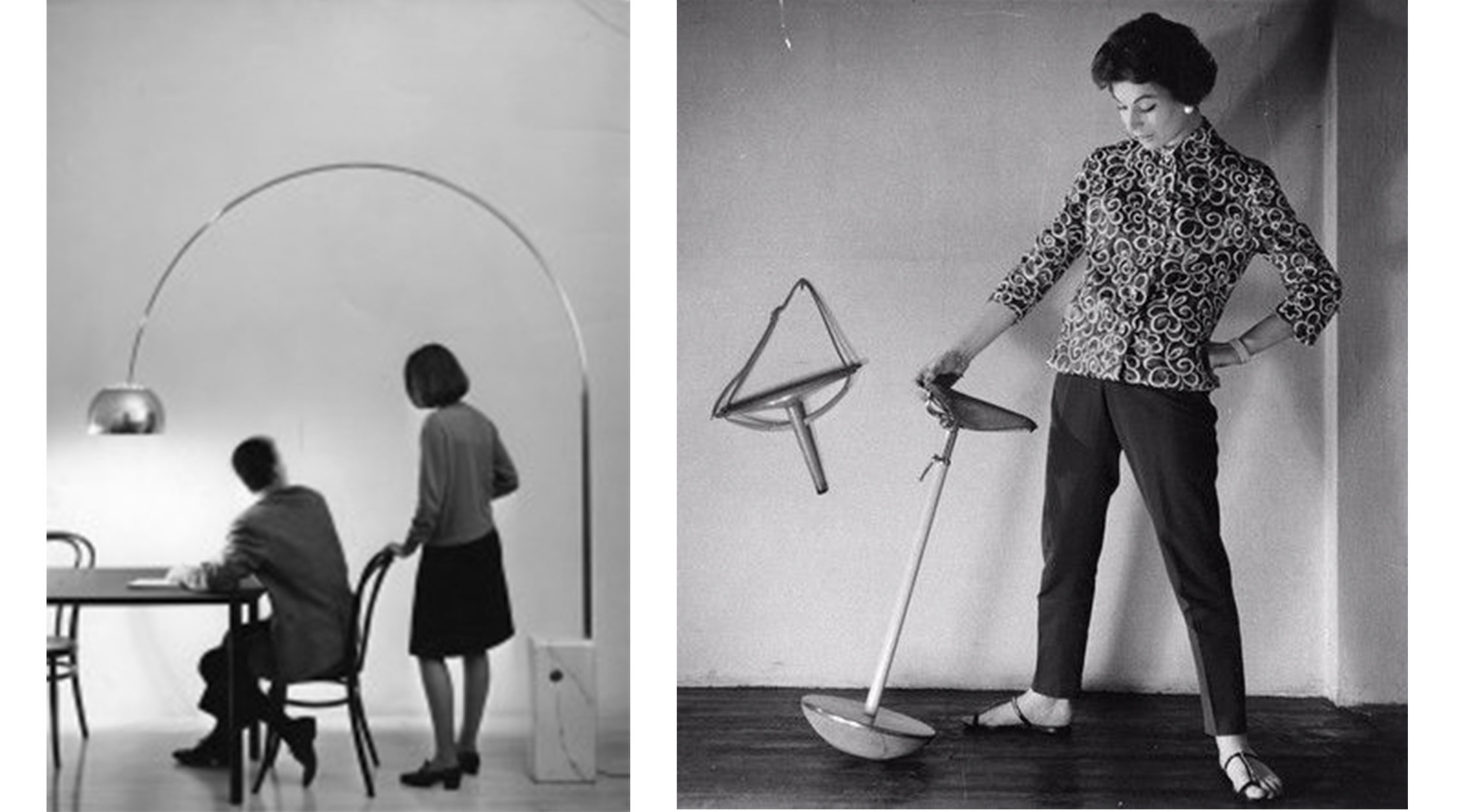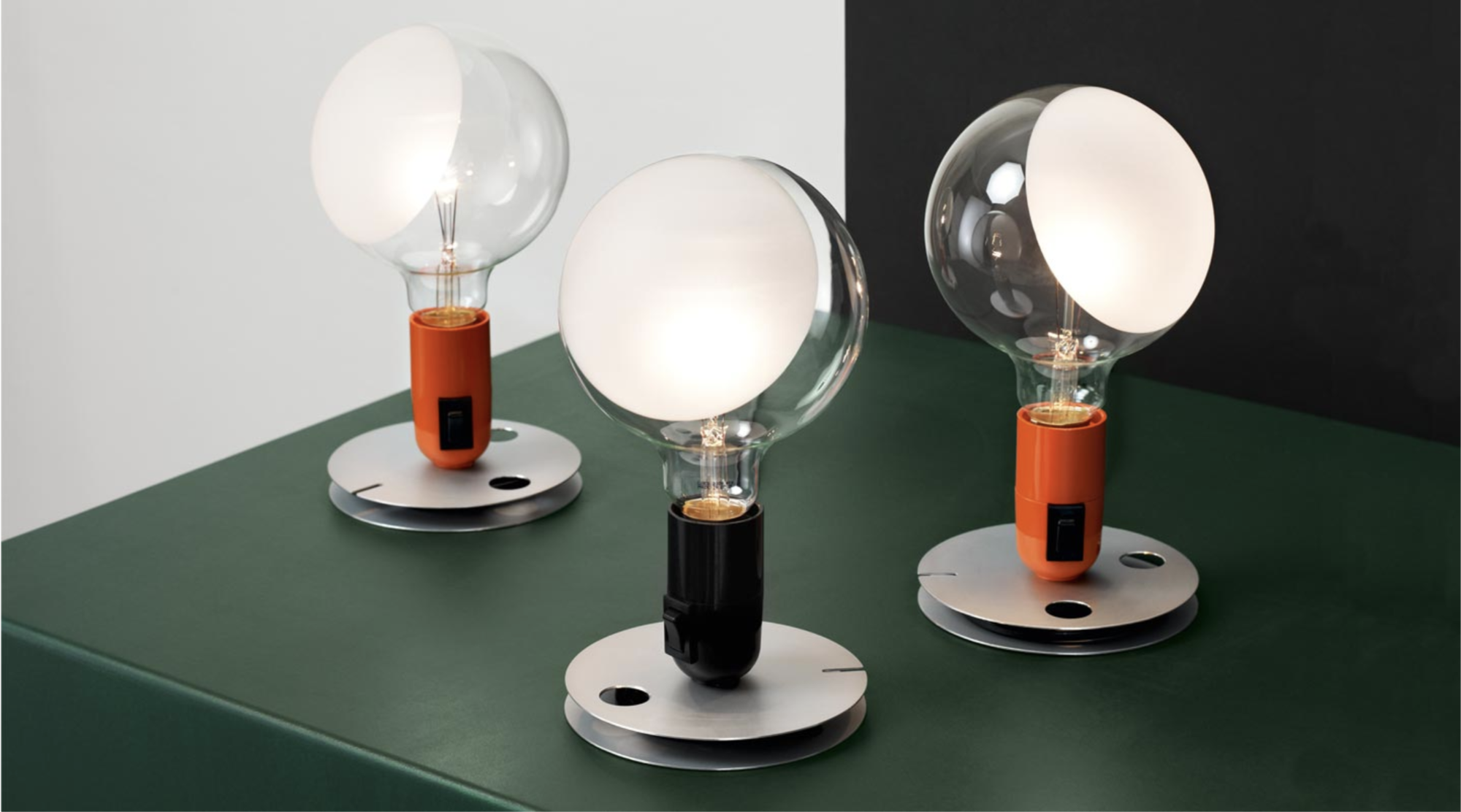Designer of the Month : Achille Castiglioni
An influential design philosophy
Italy has always been a country well known for its wide-reaching design influence. Back in the immediate post-war era of the 20th century, it was no different. But as a newly qualified architect in Milan, Achille Castiglioni lacked something absolutely necessary to start his career - an architectural project. Having joined his brother's practice upon his graduation, Achille and his brothers turned their minds to industrial design: aiming to solve everyday problems with ingenious solutions.
"Design demands observation"
The following years brought social change for Italy in the form of the Marshall Plan - a large aid package from the USA. With the aim of rebuilding Western European economies, in hindsight the result has been often been called the 'Italian economic miracle' due to its rejuvenating influence on post-war Italy. In this climate, the relationship between the Castiglioni brothers and Flos was first forged.
After Livio left the company in 1952, Pier Giacomo and Achille worked together on a number of projects. Results of their collaboration include the Arco Lamp (1962) - inspired by everyday street-lighting, the floor lamp curves high to the ceiling and drops forwards; projecting light eight feet from its base. It's a stunning feat of design, and a piece that epitomises the style and optimism of 1960s Italy.
"Start from scratch. Stick to common sense. Know your goals and means."
Achille was not a believer in design for design's sake. Building on the successes of products on the contemporary market, he undertook design challenges that led towards a specific outcome. Each item should make life easier and be an improvement on its predecessor. Assess what the problem is - the Principle Design Component - and discover the solution.
When posed with designing the perfect seat for use in a phone booth, 'Sella' was Achille Castiglioni's solution. The stool is a great example of his design philosophy put into practice: a pivoting stool made from a leather bicycle seat attached to a tubular steel base. Here, the Principal Design Component was to encourage a new behaviour. Achille said, "When I use a pay phone, I like to move around but I would also like to sit... but not completely." Here the Castiglionis' invented a need by designing for a new but relatable behaviour. When using Sella, it is possible to remain seated whilst expelling energy. Instead of pacing backwards and forwards, users are able to swing from side to side.
As the Castiglioni's relationship with Flos developed, so did their designs. Over fifty years later, items like the Snoopy Lamp (1962) and the Luminator Floor Lamp (1954) are still popular lighting choices for the modern home. Achille and Pier Giacomo's style of design was timeless. After Pier Giacomo's untimely death in 1968, Achille continued to work with Flos until his death in 2002.
Although he is most well-known for his lighting designs such as the Lampadina and the Aoy, later in life, Castiglioni took a position at the Polytechnic of Milan teaching Industrial Design in the School of Architecture. Here, he was able to formalise his design philosophy, classifying the objects he designed into five categories: Ready Made Objects, Redesigned Objects, Minimalist Objects, Expressionistic Objects and Integral Objects. Achille taught an anthropological approach to design that was popular with students, who would learn the importance of sociological and cultural study alongside manufacturing processes and material technology. He was an inspiring teacher, emphasising that the success of objects relied upon them fulfilling a task with common sense.
Flos have recently released a re-edition of the original black Snoopy Lamp designed in 1967 - in Green.
Time for more? Designer of the Month : George Nelson | Designer of the Month : Alvar Aalto | Nanna Ditzel and the Story of the Trinidad Chair
-
Designer ProfilesIn conversation with Tom ChungRead More
Tom Chung's design practice blends simplicity, functionality, and context, creating adaptable objects that reflect how people engage with their surroundings. Recently, Muuto introduced a larger version of his Beam Table Lamp, giving it an even bolder presence. Muuto sat down...
-
Designer ProfilesIntercontinental Polymath; The Life And Work Of Isamu NoguchiRead More
One of the most acclaimed sculptors and product designers of the 20th century, Isamu Noguchi was one of the most formidable figures in design in the years following the Second World War. A sculptor by trade, Isamu Noguchi was born...
